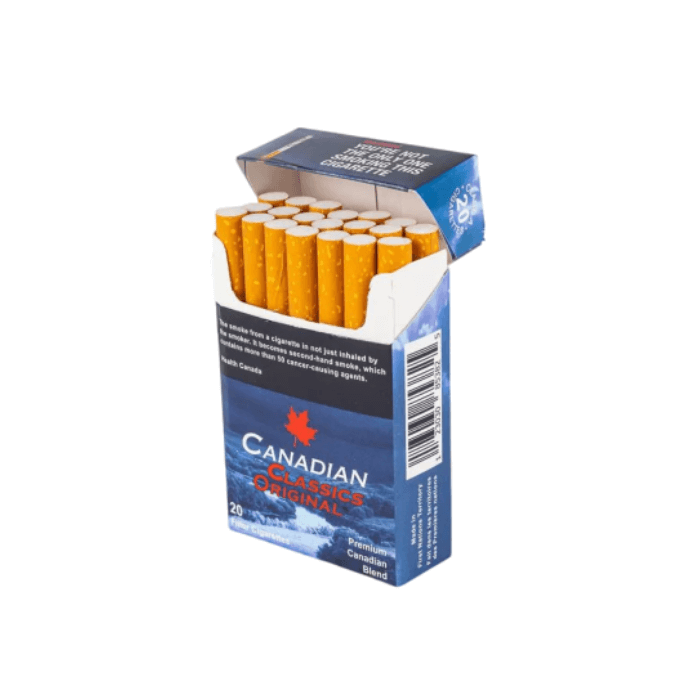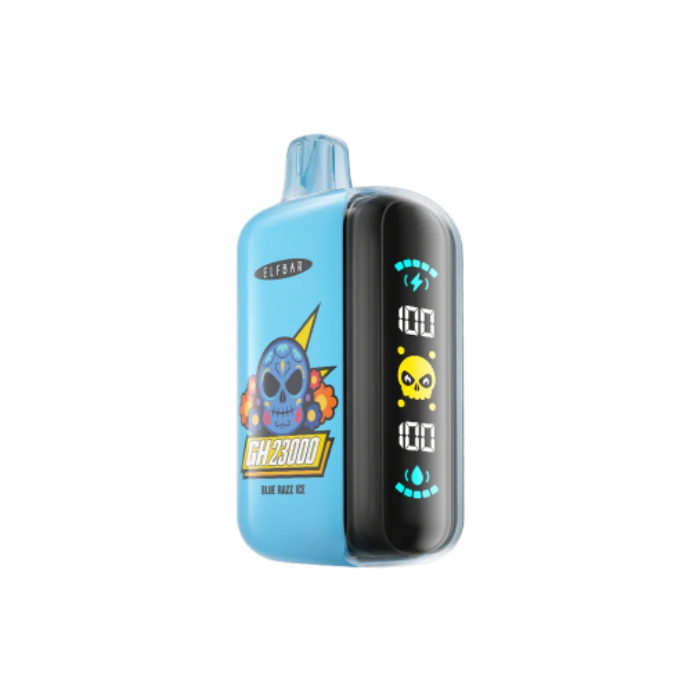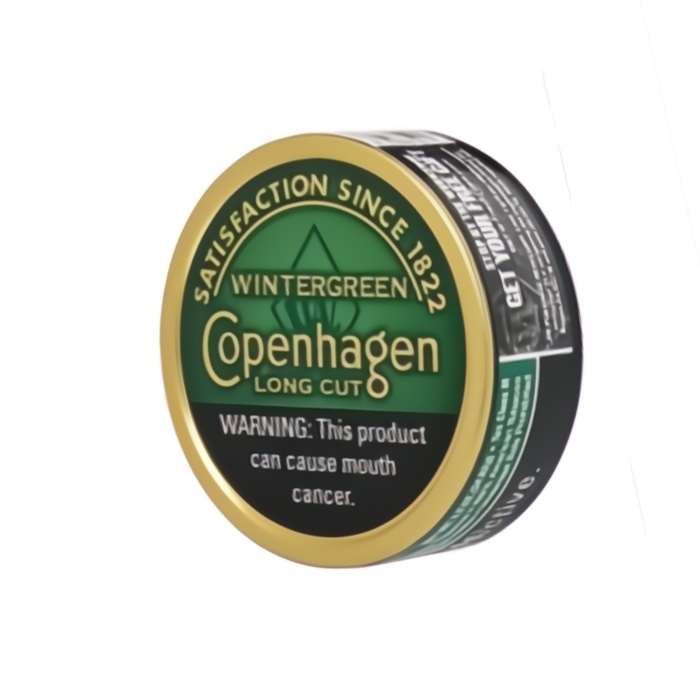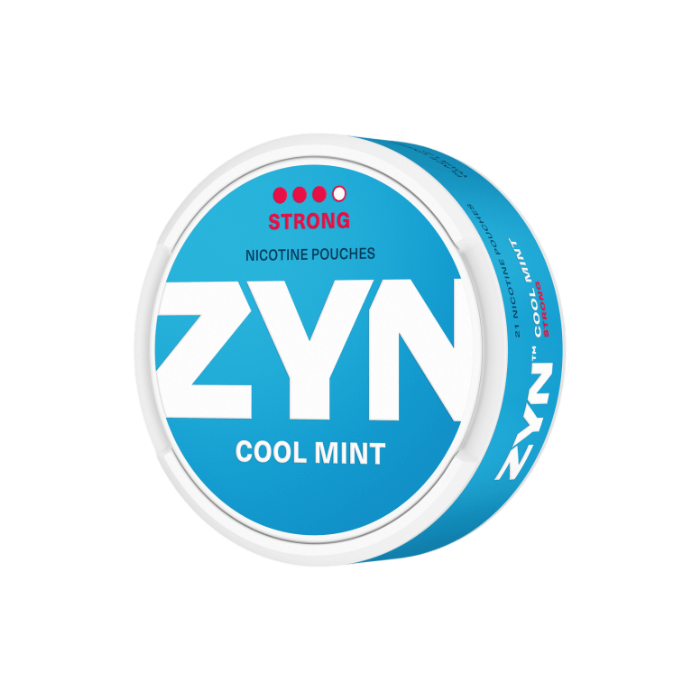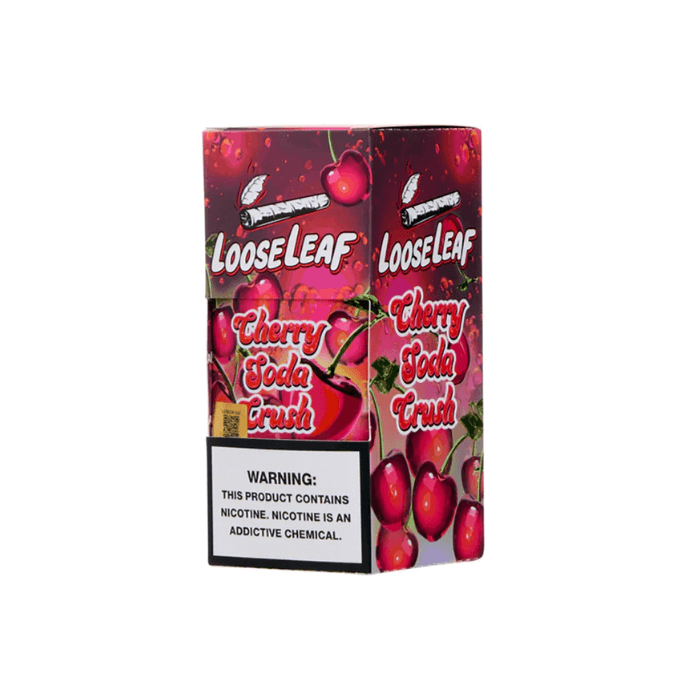Cigars, Statistics
Cigar Industry Statistics
The world of cigars is more than just a cloud of aromatic smoke or a symbol of sophistication—it’s an entire industry with layers as intricate as the cigars themselves. Behind that smooth draw and perfect cut lies a global enterprise steeped in history, fueled by cultural tradition, and, let’s face it, driven by our collective love of looking cool with a stogie in hand. In Canada, where winter makes outdoor smoking a survival sport, cigars remain a beloved pastime for those who appreciate the finer things in life—or at least enjoy pretending they’re starring in their own noir film.
But let’s cut the fluff. This article dives deep into the numbers that make the cigar industry tick, unraveling some eyebrow-raising facts about the business of smoke rings. Whether you’re an aficionado or a casual enthusiast who thinks “Maduro” is a fancy coffee order, there’s plenty here to puff on.
Cigar Smoking Statistics
Let’s take a closer look at the curious world of cigar smoking—a pastime that’s part art, part ritual, and wholly fascinating. Across the globe, cigars are smoked not just for the nicotine buzz but for the sheer pleasure of it. Smoking tobacco, when done in the form of a cigar, is less about habit and more about savoring the moment. It’s a slower, more deliberate process that feels almost meditative. For many, it’s the difference between grabbing a fast-food burger and sitting down to a gourmet meal.
In Canada, where winter will slap you in the face if you linger outside too long, smoking cigars often becomes a seasonal affair. Summer patios and backyard barbecues are prime opportunities to light up. Yet, for the die-hard premium cigar enthusiasts, no temperature is too cold, no snowbank too high—they’ll find a way to enjoy their favorite stogie, preferably paired with a strong drink and a wool coat.
Globally, the luxury cigar market size is expanding faster than you can say “Montecristo.” This surge is partly due to the rise of flavored cigars, which have brought a playful twist to traditional smoking tobacco. Think vanilla, cherry, or even coffee-flavored options—perfect for those who want their smoke to double as dessert. While purists might scoff, the popularity of these cigars can’t be ignored. They’ve introduced a whole new audience to the joys of smoking cigars, creating a gateway to the more traditional blends.
Luxury cigars
Luxury cigar companies have also played a significant role in reshaping the market. By introducing innovative products and catering to diverse palates, these brands have ensured that cigars remain relevant in a world that’s increasingly leaning toward wellness trends. Their secret weapon? Flawless branding and expert craftsmanship. From the way cigar companies package their products to the storytelling behind each blend, they’ve created an allure that’s hard to resist.
One of the most intriguing trends in the luxury cigar market is how it’s attracting younger smokers. While cigarettes are falling out of favor, cigars are enjoying a renaissance, seen as a sophisticated and less frequent indulgence. Premium cigar enthusiasts, especially among millennials and Gen Z, are less interested in chain-smoking and more drawn to the experiential aspect of lighting up. It’s about the ritual, the camaraderie, and yes, the Instagrammable aesthetic of a glowing ash and a crystal glass of whiskey. Not to mention the flex factor of showing the world that you can afford some of the most expensive cigars in the market.
Flavored cigars
Statistics also reveal that flavored cigars have become a hit among casual smokers. They’re often viewed as less intimidating than traditional options, making them a popular choice for newcomers. And let’s not forget the convenience of small formats like cigarillos and little cigars, which allow for a quick smoke without the commitment of a full-size cigar. These options are perfect for the busy smoker who wants a taste of luxury without the time investment.
Despite the growing popularity of flavored options, traditional premium cigars continue to dominate the luxury cigar market size. Smoked cigars made with high-quality tobacco blends are still considered the pinnacle of sophistication. After all, nothing beats the complexity and depth of flavor you get from a well-aged Maduro or a perfectly rolled Connecticut wrapper.
So, who’s smoking these cigars? The demographics are broader than you’d expect. While long-time aficionados remain loyal, new smokers are being drawn in by the increasing accessibility of premium brands and the growing variety of options. This diversity in the customer base is fueling a thriving market that’s anything but stagnant. Whether you’re a seasoned smoker or someone who just likes the occasional flavored cigar, the world of cigars has something to offer.
It’s clear that cigar smoking isn’t just surviving—it’s thriving. Luxury cigar companies are keeping the tradition alive while giving it a modern twist, ensuring that cigars remain a timeless indulgence. Whether you’re lighting up to celebrate a milestone, unwind after a long day, or simply because you can, cigars continue to offer a unique experience that stands apart from other forms of smoking tobacco.
Cigar Sales Statistics
The cigar market is a fascinating case study of old-world charm meeting modern consumer behavior. Over the past few years, premium cigars have experienced a notable surge in popularity, driving growth in the luxury cigar industry. It’s a shift that reflects a broader trend where consumers gravitate toward quality over quantity. This doesn’t mean budget options like little cigars or cigarillos have lost their place—far from it. They remain staples for casual smokers looking for a quick fix. Still, premium cigars lead the pack, dominating conversations about indulgence and craftsmanship.
One of the most striking cigar market trends is the dual demand for affordability and exclusivity. While some consumers lean toward little cigars for their convenience and cost-effectiveness, others are turning to premium cigar brands to satisfy their desire for luxury. The luxury cigar market thrives on this exclusivity, offering handcrafted masterpieces that often come with price tags as bold as the flavors inside. It’s not just about smoking cigars; it’s about making a statement, a lifestyle choice that carries a sense of sophistication and indulgence.
The Scandinavian Tobacco Group, a major player in the industry, has been a key driver behind the evolution of the global luxury cigar market. Known for their extensive portfolio of cigars and cigarillos, they’ve positioned themselves as leaders in innovation while staying true to traditional tobacco craftsmanship. This balance has helped them capture a wide audience, from casual enthusiasts to seasoned aficionados. Their influence can be seen not just in the sheer cigar volume they produce but also in the global reach of their brands.
Canadian market
In Canada, cigar sales reflect these global trends, with the market showing a distinct preference for premium cigars. Consumers here are increasingly savvy, seeking out cigar brands that align with their tastes and values. The rise of boutique retailers and specialized lounges has further cemented Canada’s place in the luxury cigar industry. These venues don’t just sell cigars; they create experiences, offering curated selections that cater to every palate.
But it’s not just the premium market seeing growth. Little cigars continue to hold their own, appealing to those who want a quick, flavorful smoke without the time commitment of a full-size cigar. It also caters to newbies looking for cigars that are just right for beginners. These smaller options often come in a variety of flavors, making them a hit among younger demographics and casual smokers. The balance between cigars and cigarillos creates a diverse market that ensures there’s something for everyone.
Globally, the luxury cigar market is experiencing unprecedented growth, driven by increased disposable incomes and a renewed interest in artisanal products. North America and Europe remain the largest consumers of premium cigars, but emerging markets in Asia and the Middle East are catching up fast. These regions see cigars as symbols of affluence and success, fueling demand for high-end cigar brands.
For the Canadian market, imported cigars from Cuba, Nicaragua, and the Dominican Republic dominate sales. The country’s strict packaging laws may limit visual appeal, but they don’t dampen enthusiasm for smoking cigars. Instead, Canadian smokers focus on quality, often opting for well-known premium brands that offer rich flavors and exceptional craftsmanship.
Interestingly, online sales have become a significant part of the equation. With more consumers exploring e-commerce options, retailers like NativeSmokes4Less are stepping up to meet the demand. This shift reflects broader cigar market trends, where convenience and access are just as important as the product itself. Whether it’s luxury cigars or little cigars, the ability to shop from the comfort of home has become a game-changer for the industry.
As the luxury cigar industry continues to evolve, the future looks bright—and aromatic. With innovation driving new blends and flavors, and an ever-growing base of enthusiasts ready to explore the art of smoking cigars, it’s clear that cigars have more staying power than a well-aged Maduro.
Cigar Industry Statistics Worldwide
On a global scale, the cigar industry is one of those sectors that flies under the radar, yet its impact is massive. Countries like the Dominican Republic and Nicaragua are leading exporters, producing millions of cigars annually. These aren’t just random rolls of tobacco either—some of the world’s finest cigars come from these regions, crafted by artisans who’ve honed their skills for generations.
The United States remains the largest consumer of cigars, with Americans lighting up around 6 billion cigars each year. Europe, particularly countries like Germany and Spain, follows close behind. Interestingly, emerging markets in Asia are also showing significant growth. As affluence rises, so does the appetite for luxury items like premium cigars.
Meanwhile, the Canadian market may be smaller in comparison, but our taste is just as refined. The demand here leans heavily toward Cuban cigars, thanks to our long-standing affection for all things authentic and top-shelf. Canada remains a key player in the North American cigar scene, importing a significant volume of premium products annually.
Premium Cigar Industry Statistics
Premium cigars are the crème de la crème of the tobacco world. Hand-rolled, meticulously aged, and often boasting flavors that can make your taste buds do a happy dance, they represent the luxury end of the market. Globally, premium cigars account for roughly 10% of the total market by volume but make up about 30% of its value. That’s the kind of math we like—less product, more money.
Canada’s premium cigar market is no slouch either. Retailers report that Canadian enthusiasts are more than willing to pay top dollar for quality over quantity. It’s not uncommon to see someone drop $50 on a single cigar, especially when it’s for a celebration. After all, there’s something undeniably satisfying about savoring a cigar that’s been aged longer than some fine wines.
Cigar Industry Statistics by Country
The cigar industry has a fascinating geographical spread, with each country bringing its unique flavor to the market—literally and figuratively. Cuba, of course, still reigns supreme in the minds of many as the Mecca of cigars, producing legendary brands like Cohiba and Montecristo. However, Nicaragua has emerged as a strong competitor, now exporting more cigars to the U.S. than even Cuba. The Dominican Republic, Honduras, and Mexico also play significant roles in keeping global supply chains buzzing.
Canada, while not a producer, is a discerning consumer. With a multicultural population that brings diverse tastes, the Canadian cigar market is as eclectic as it gets. From Cuban classics to Nicaraguan innovations, the shelves here reflect a global appreciation for tobacco craftsmanship.
Cigar Industry Worth
The cigar industry is nothing short of an economic powerhouse. With a global market value estimated at over $23 billion in 2024, it’s clear that cigars are more than just a hobby—they’re a serious business. What drives this worth isn’t just the sheer number of cigars sold but the prestige attached to them. Premium brands can fetch eye-watering prices, while even mid-tier options offer enough margin to keep the industry thriving.
In Canada, cigars contribute significantly to the tobacco retail sector. From specialized shops to online retailers, the industry supports jobs, local economies, and a network of enthusiasts who keep the culture alive. Plus, let’s not ignore the ripple effect—cigar lounges, accessory sales, and even tourism in regions known for cigar production all feed into this dynamic economy.
Frequently Asked Questions
Is the cigar industry growing?
The cigar industry is puffing its way to steady growth, thanks to a rising demand for premium cigars and a renewed interest in the luxury cigar market. Flavored cigars, the increasing popularity of cigar lounges, and the appeal of artisanal tobacco products are driving this expansion. Globally, the industry is projected to keep growing as new markets emerge and traditional ones hold strong.
What are the statistics on cigars?
Every year, billions of cigars are smoked worldwide. The luxury cigar market size has been climbing steadily, fueled by both seasoned aficionados and new smokers drawn to premium cigar brands.
Which country is the largest producer of cigars?
Cuba holds the crown in popular imagination, thanks to its legendary cigar brands like Cohiba and Partagás. However, Nicaragua has overtaken Cuba in terms of sheer export volume, particularly to the United States. Other significant producers include the Dominican Republic, Honduras, and Mexico, each contributing unique flavors and blends to the global cigar market.
How much money is in the cigar industry?
The cigar industry is a heavyweight, with the global market valued at over $23 billion as of 2024. Premium cigars and handcrafted luxury options account for a significant chunk of this value, despite making up a smaller percentage of total cigar volume. It’s an industry where quality often outweighs quantity, and the numbers reflect that.
Is the cigar business profitable?
The cigar business thrives on high margins, especially in the premium segment of the market. Luxury cigar companies cater to an audience willing to pay for quality, while the demand for affordable options like little cigars and cigarillos ensures that every segment remains lucrative. It’s a diverse market with opportunities at every price point.
What country buys the most cigars?
The United States leads the pack as the largest consumer of cigars, with Americans lighting up billions of them annually. European countries like Germany and Spain also have strong cigar-smoking cultures, while emerging markets in Asia are rapidly catching up as the luxury cigar industry gains traction there.
Which city is famous for their cigar industry?
Havana, Cuba, is the undisputed capital of the cigar world. Known for its iconic cigar brands and rich tobacco-growing heritage, Havana is synonymous with cigar culture.
Summary
So, there you have it—the cigar industry in all its smoky glory. From global trends to Canada’s niche market, it’s clear that cigars aren’t just a product; they’re an experience, a culture, and a statement rolled into one. And if you’re inspired to explore the world of cigars for yourself, NativeSmokes4Less has got your back.
Why shop anywhere else? We’ve got everything you need to elevate your smoke game—whether it’s high quality cigars, classic cigarettes, nicotine pouches, or vapes. Think of us as your one-stop shop for all things tobacco, minus the pretentious vibe. So, treat yourself. Your next perfect puff is just a click away.

